As I stood in the ornate balcony of the palace, in a sea of rooftops and minarets below me, balmed in the hue of the pink twilight, and heard a myriad voices chanting the ‘Adhaan‘, my eyes closed in reverence and my lips curved into a reflex smile. I have never heard the ‘Adhaan‘, with an intent of listening to it. If I have, it has been always while passing by a way side mosque, or over hearing it from a friend’s room, while trying to catch up on tales friends share. This was a new experience.
It is said that for every three minutes you walk in the old city of Hyderabad, there is a mosque. While I stood there at 5pm that day, imagining the voices of hundreds of muezzins reciting the beautiful verses, I transported myself to a few hundred years back, during the time of Mohammed, the prophet, the first muezzin was Bilan Ibn Ribah who walked the streets to call the believers to come to prayer. I could see why the ‘Adhaan‘ was considered an art form, reflected in it’s melodious chanting. I imagined centuries later, how during the rule of the Nawabs, the lead would stand up in the minarets chanting the ‘Adhaan’, and reminding people of their religious duties. I imagined the Hyderabad belonging to those times. I imagined a Hyderabad belonging to the Nawabs. I imagined an indulgence with royalty. I stood at the widest porch of the Falaknuma Palace and soaked in my tryst with royalty.
Adaab, Hyderabad!
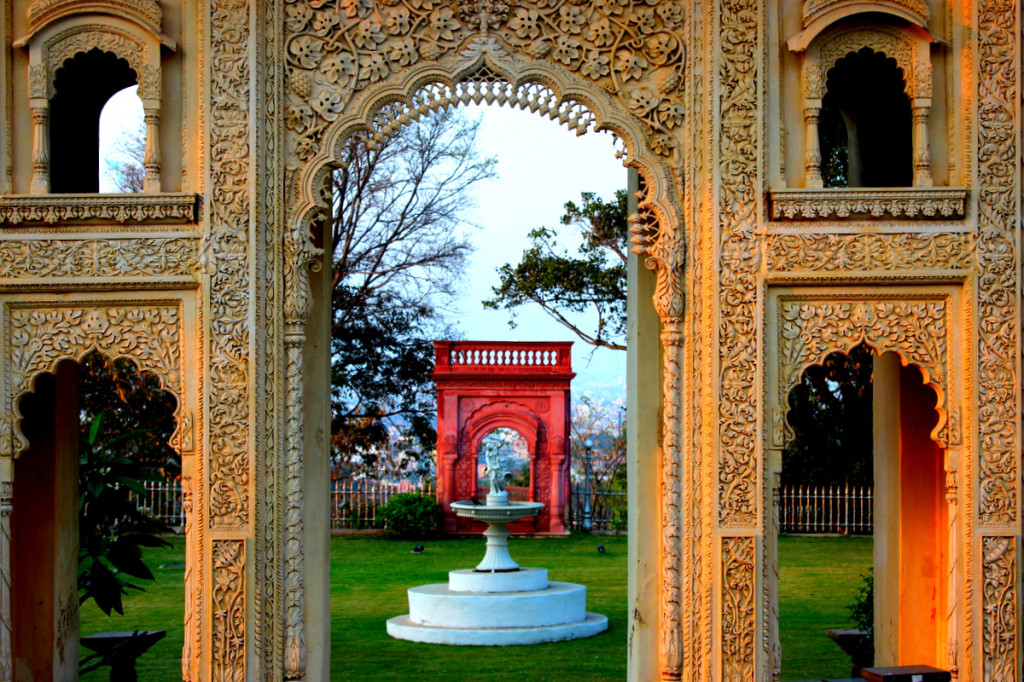
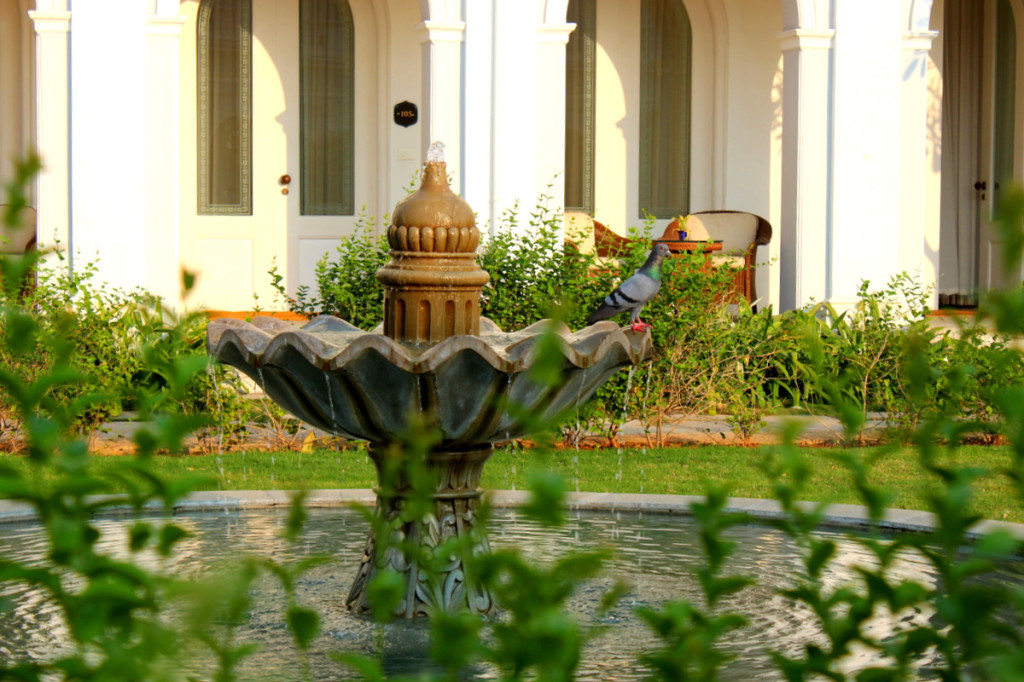
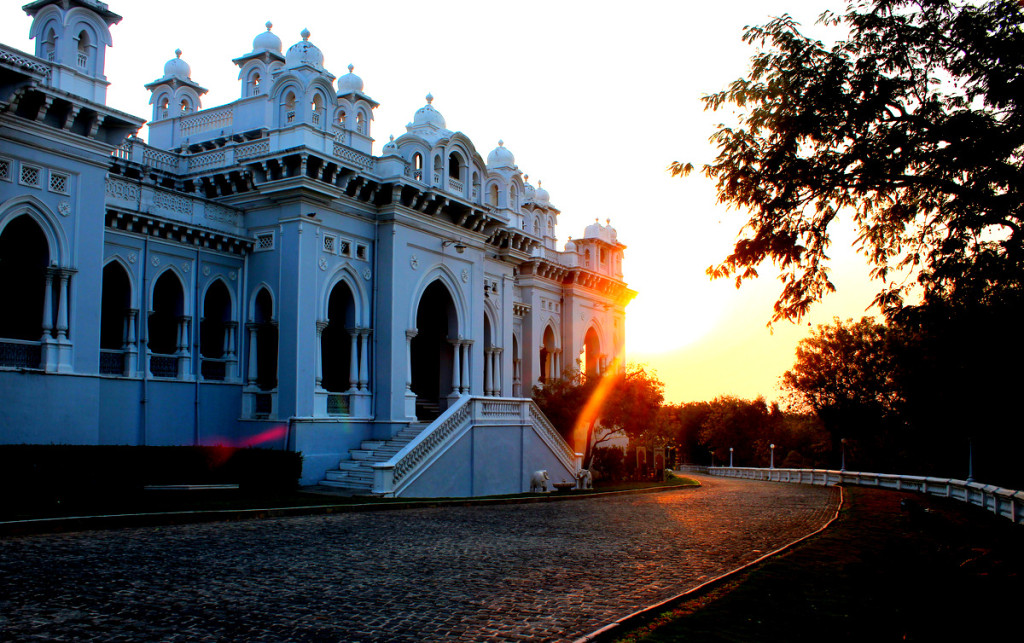
*Once upon a time, the palace was one of its kind.If you are quiet enough and hold your breath, you can probably still hear the giggles of handmaidens, private conversations between the master and his aide-de-camp and footsteps that marked the approach of the Nizam and his trusted entourage.
Falaknuma Palace is also known as the ’Mirror of the Sky‘ because at 2000 feet, it was built in the clouds and reflects the ever-changing moods of the sky. Set in 32 acres of land and spread over 19400 square meters, the Palace was commissioned by Sir Vikar-Ul Umra, the Nizam’s Prime Minister from the Paigah family. These noblemen were the rulers of their own courts, built their own breathtaking palaces and each commanded their own private army. For more than two centuries, until the mid half of the 20th century, the Nizams ruled Hyderabad State . They had their own mint, which produced their own currency, hoarded millions in gold bullion, and even more in precious gems and currency. Majestic Rolls Royce cars glided galore and their love for palaces and building one better than the other grew manifold!
The luxury bandwagon came to an abrupt halt in 1948, when the princely states were abolished by laws governing the newly Independent India. Personal Treasuries were confiscated, and no longer was there any cash to encourage a lifestyle that has gone down in history as one of the most decadent and opulent of all times. The vintage cars were left to rust in the garages, or were sold off and throw-away prices. The gems and the bullion were to foreign traders and ‘Sirs’ to pay for the astonishing taxes levied by the Indian state. And, as for the palaces, most of them were simply sealed shut.
While Vikar-Ul Umra, conceived the Falaknuma as a fantasy home for himself,he had spent a fortune on the construction, the furnishings, and not to mention a decade of his life . Built in 1894, it took ten years and four million rupees for its magnificent, physical evolution in the shape of a scorpion. Designed by British architect William Mard Marret, a Scorpion, himself… the Palace took a rumored 22 years to get near perfection. Halfway there, struck by a ray of practical intelligence, Ul Umra realized that he would never be able to complete it. And so, taking advice from his wife, he invited his master, the 6th Nizam, Mehboob Ali Pasha, to stay.
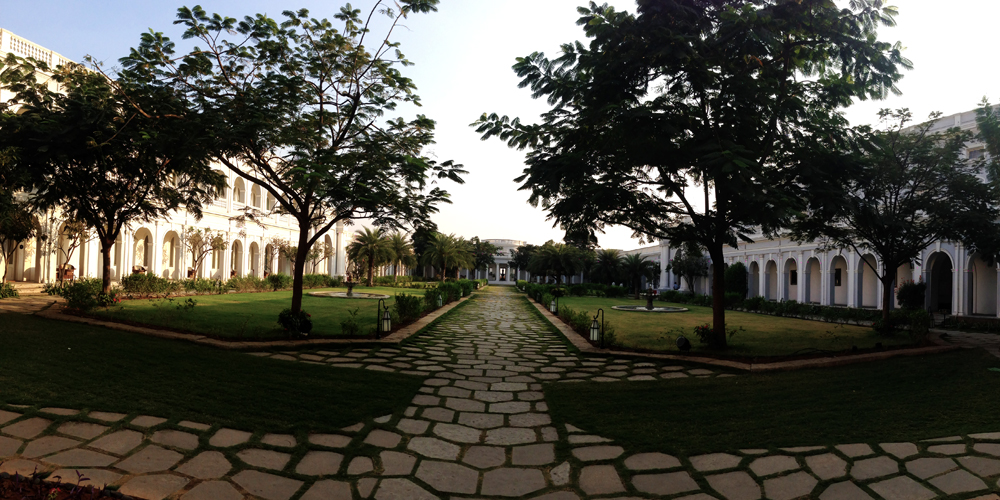
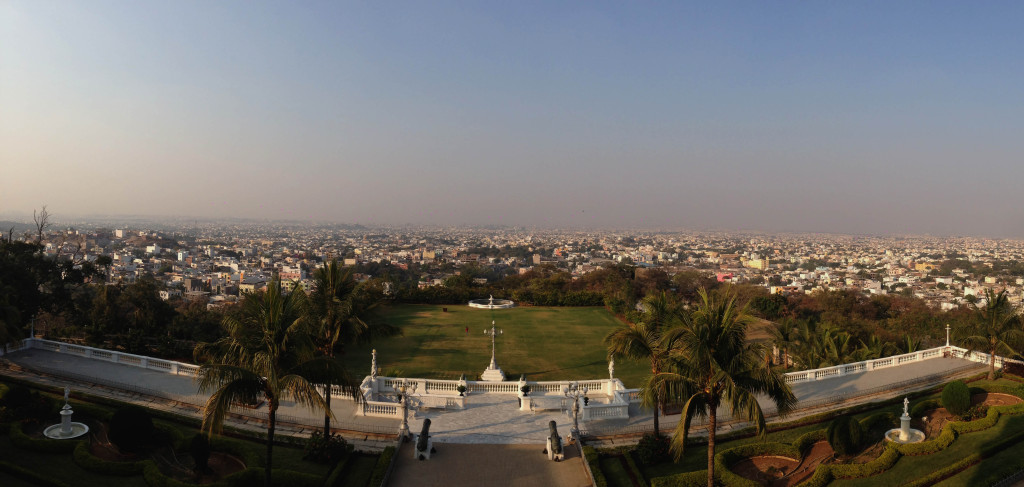
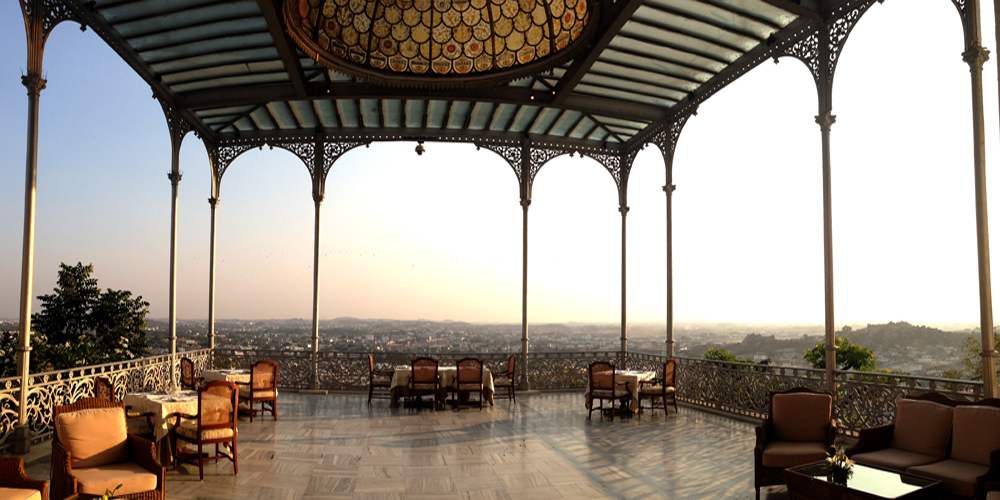
From the first moment his eyes set on the palace, it is said, the Nizam fell in love. He extended his stay, and extended it again. Seeing this and, desperate for an end to his financial woes, the Prime Minister presented it as a gift or ‘nazar‘ to the Nizam. And, as the story goes, the Nizam’s treasurer was given the order to repay the Prime Minister every penny of the cost. After all, to a man of such limitless wealth, the cost of any luxury , was easily within budget!
Bought over in 1895 and used as the residence of Nizam VI until 1911, Falaknuma Palace later went on to be used as a royal guesthouse for dignitaries, including free India’s first President Dr. Rajendra Prasad who availed of its famed, lavish hospitality in 1951. The echoes of visiting European monarchs, the Duke of Windsor, heads of state and distinguished governors can still be heard if you tread softly on the carpeted grand stairway in the inner atrium. Since 1995, The Taj Group of Hotels has sensitively restored the palace not only to accommodate the privileged in 60 glamorous rooms and suites, but also to accommodate the extravagance of the ‘then’ with all the comfort of the ‘now’.*
(*Content Source: The Taj Hotels)
This is the only hotel in India with a residing historian. I start my walk at the hour of sunset but end up in an altogether different time zone. Living vicariously at a time when the Nizam was rumored to be the richest man in the world. A time when polo playing royalty, martini-soaked lunches and princesses in billowing chiffons with emeralds the size of chandeliers played a part in tales of royal debauchery, extravagance, drama and deception. The knowledgeable historian recounted astonishing legends and myths about a dynasty mired in romance and mystery, set in the fitting milieu of palaces, wealth and women. It is here that I learnt that the palace interior includes 18 types of marble, 16 types of wood and 10 types of chandeliers. That the Gol Bungalow was modeled after the White House on one side, and Buckingham Palace on the other. That there’s a palace library with 5,970 books of which guests can actually read 150 of. And that the 8th Nizam is still alive and lives in Turkey. His daughter Princess Ezra (who helped with refurbishing and restoring the Palace)lives in Santa Barbara, CA!
Fortunate that I was offered this grand personalized tour, here is a recap through a photo-story.
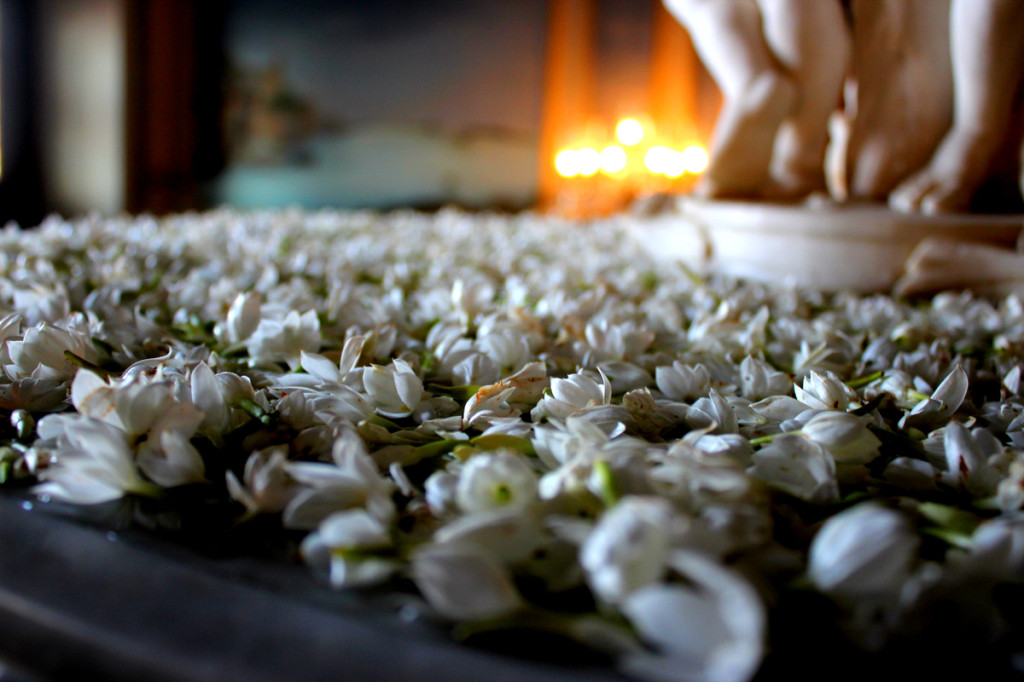
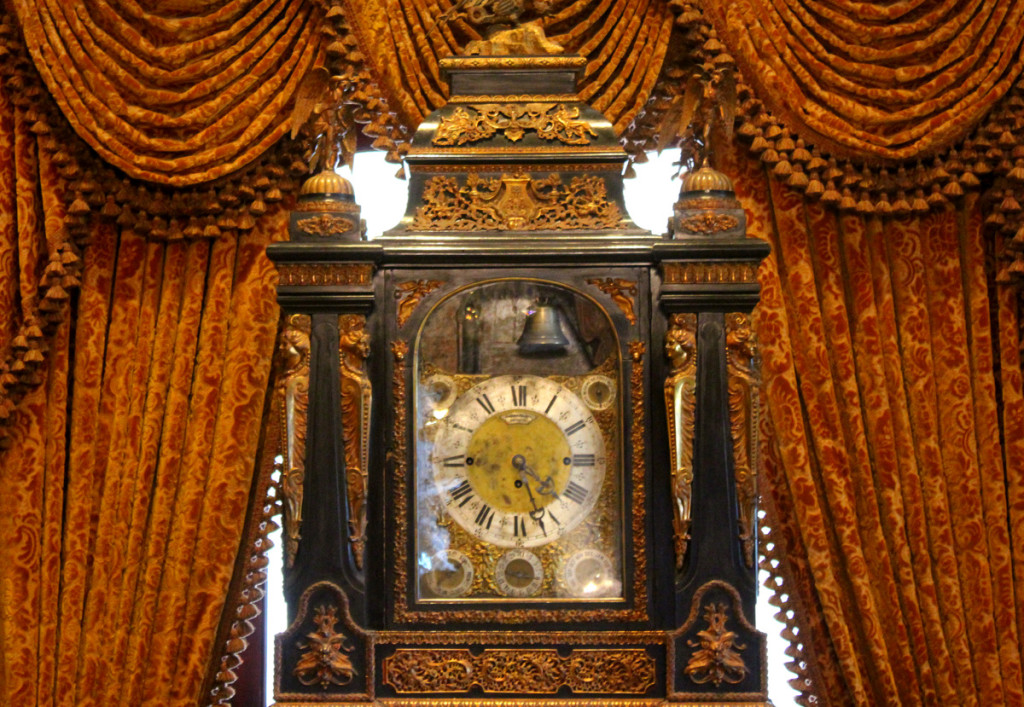
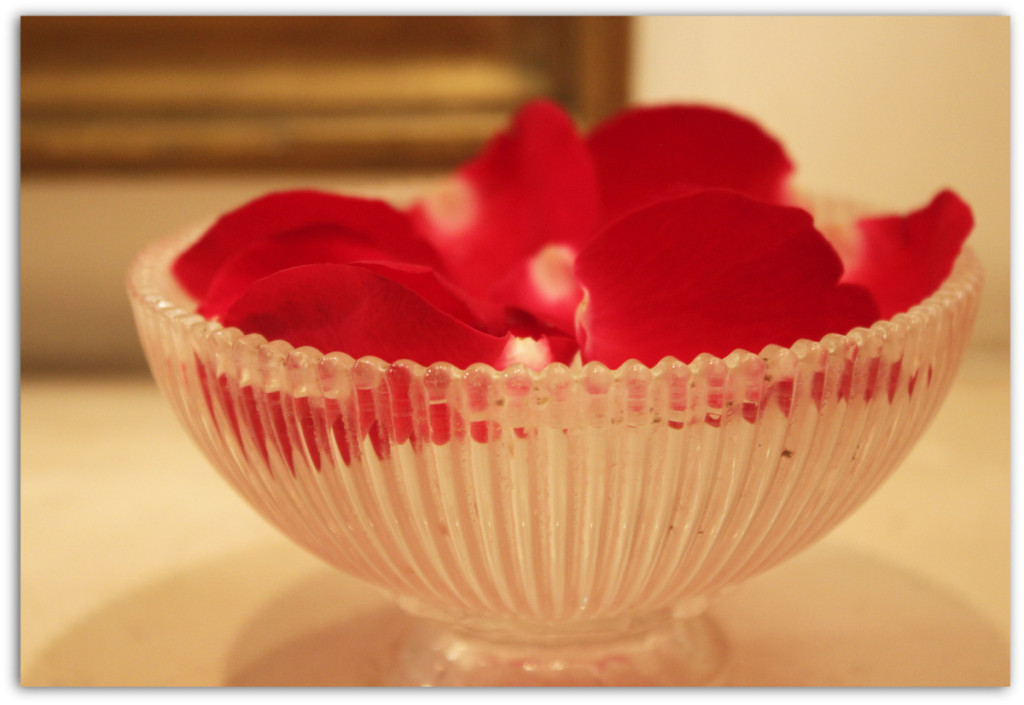
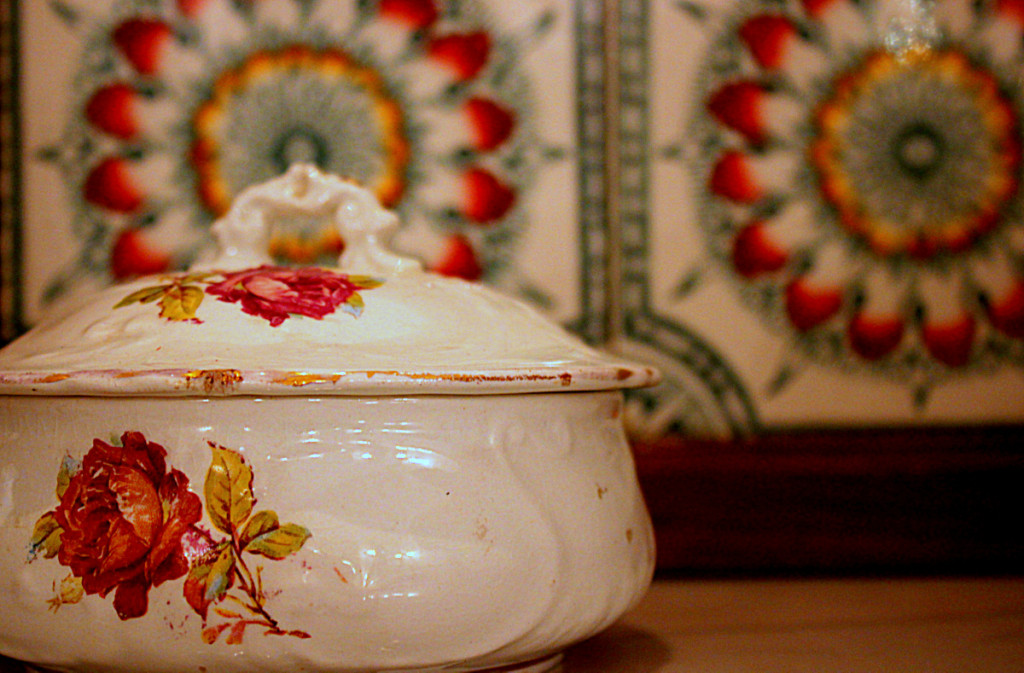
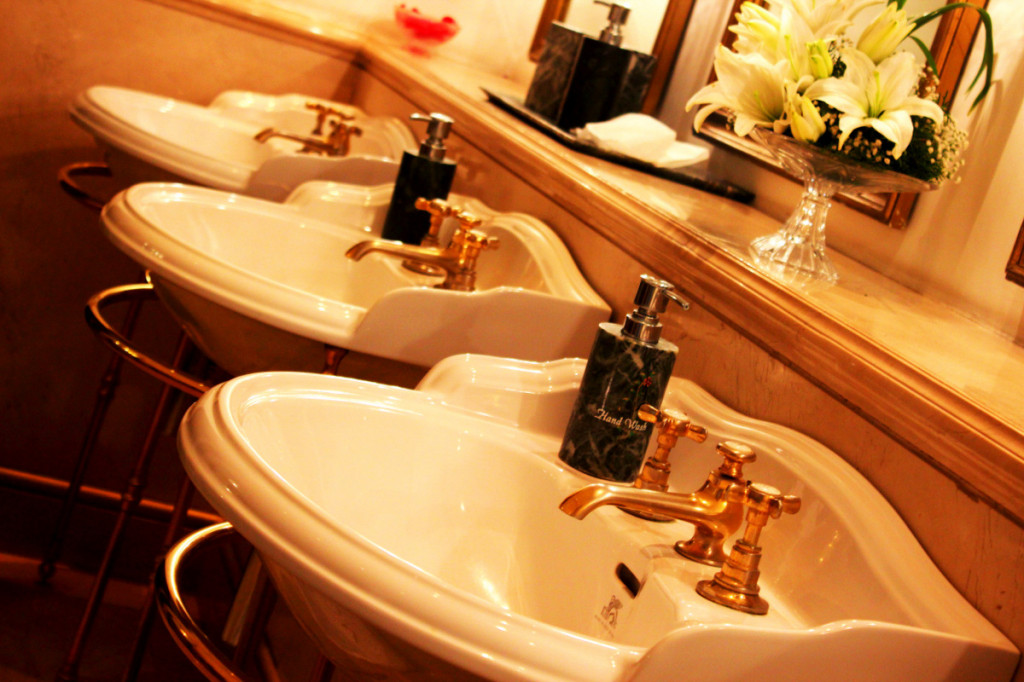
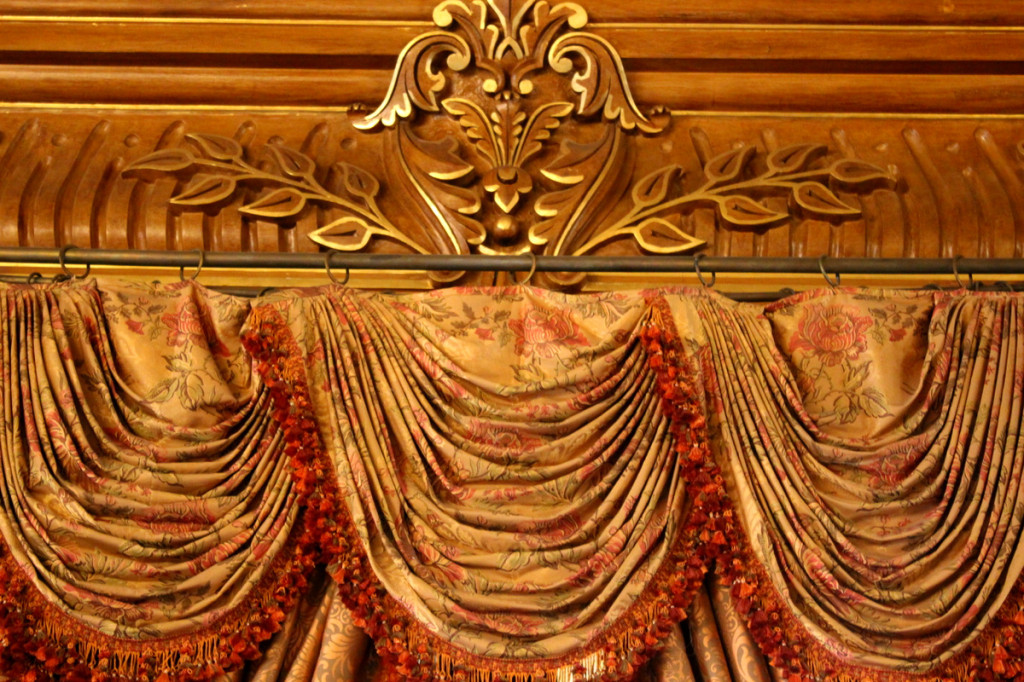
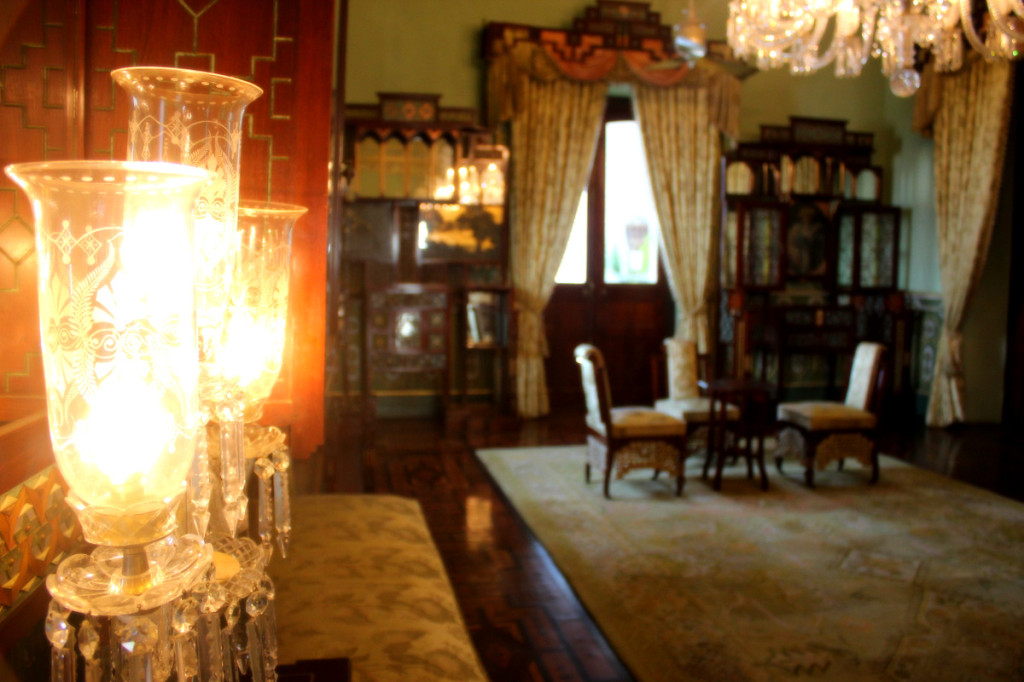
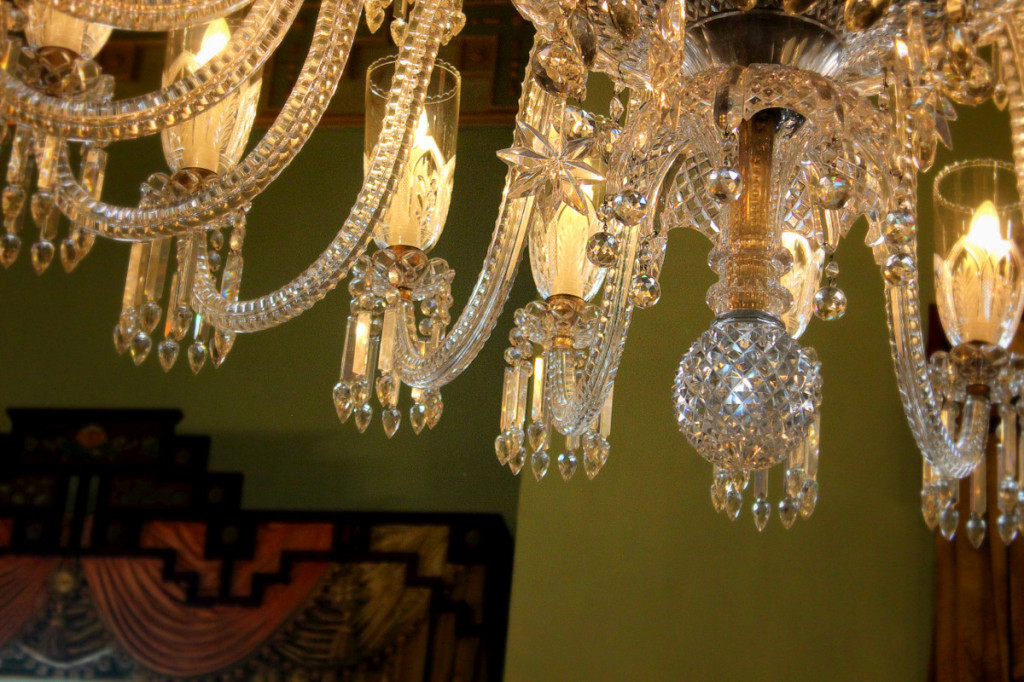
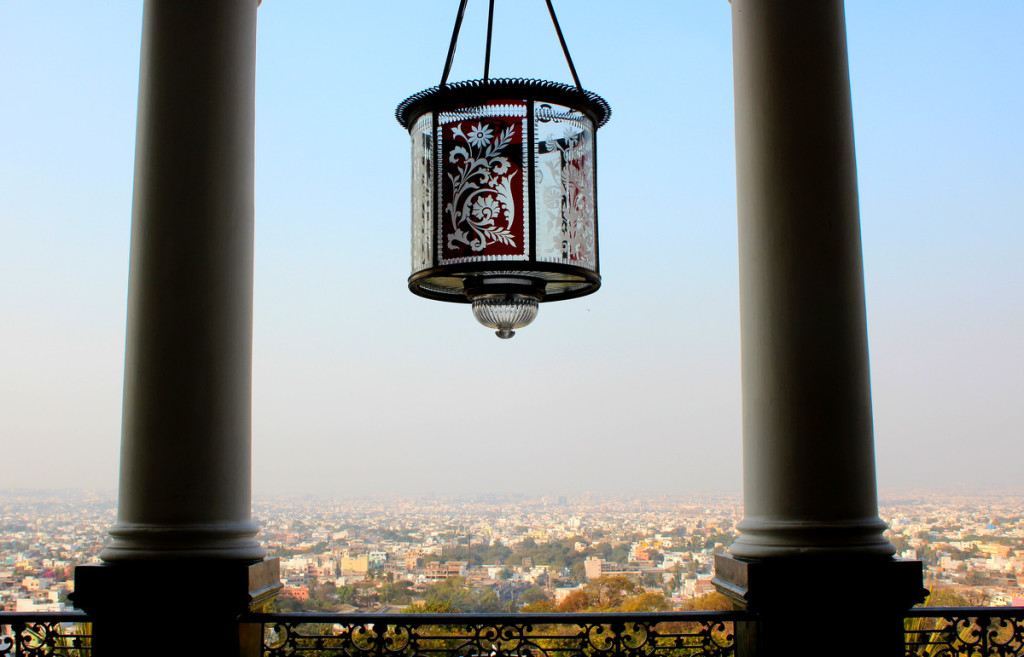
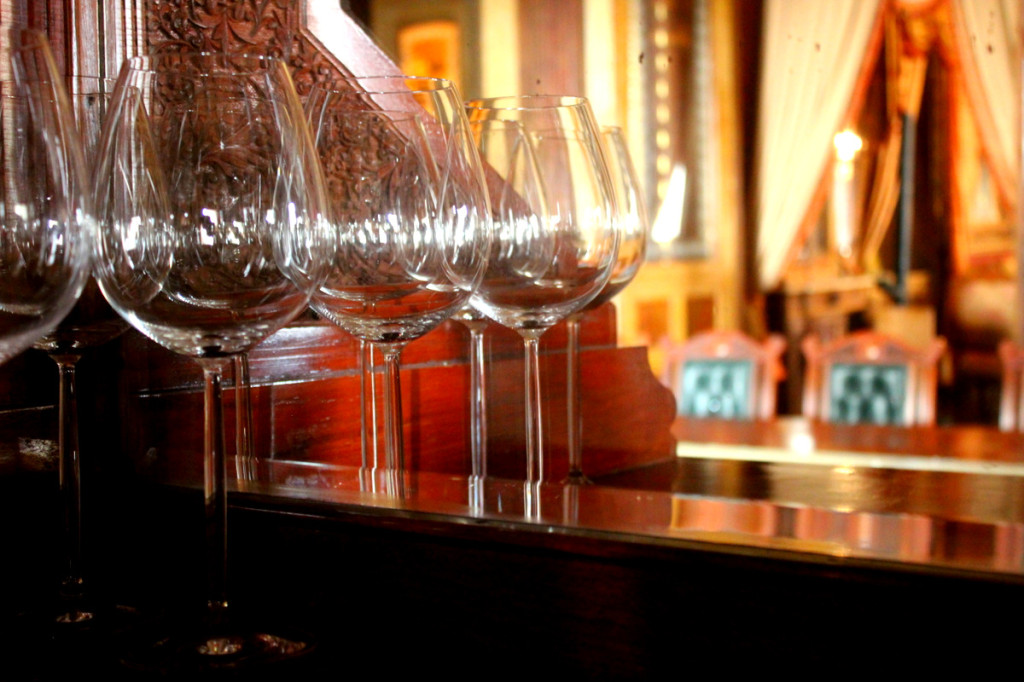
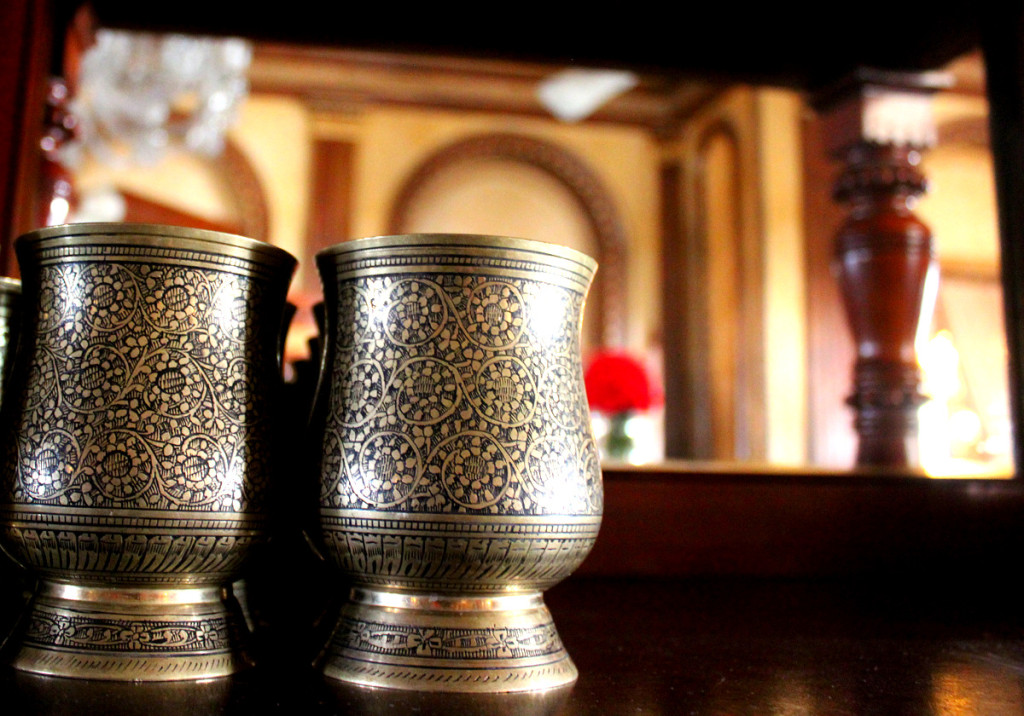
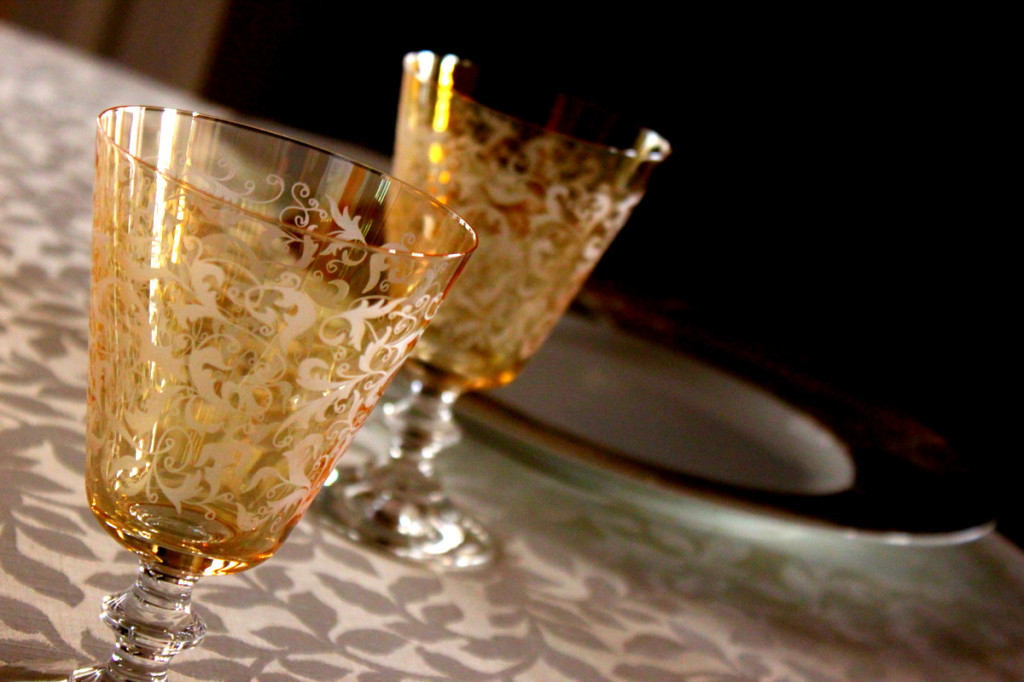
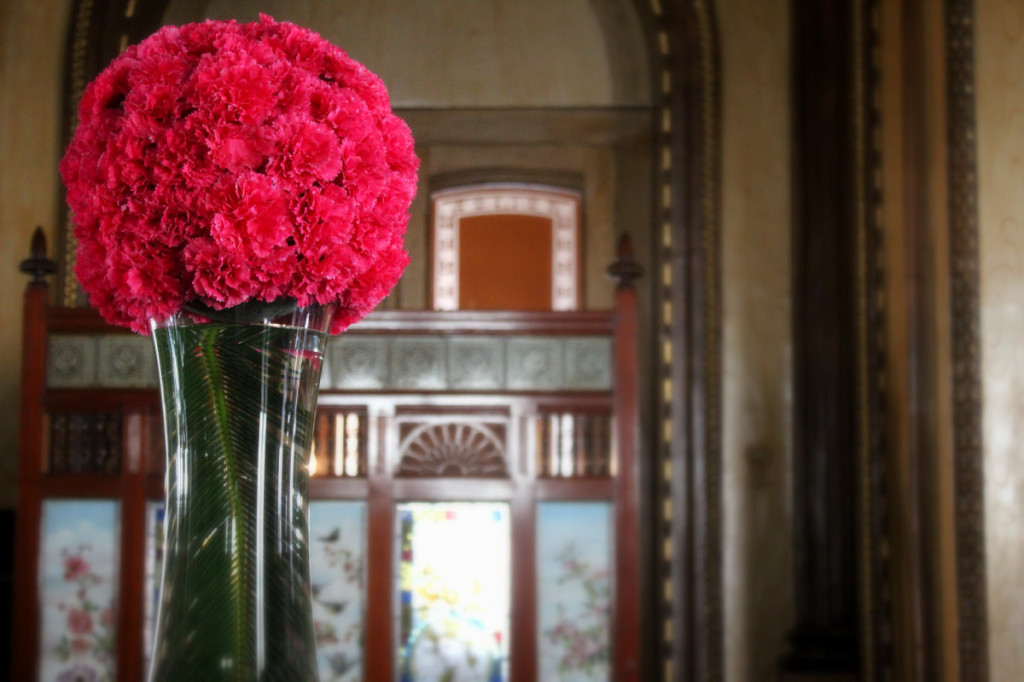
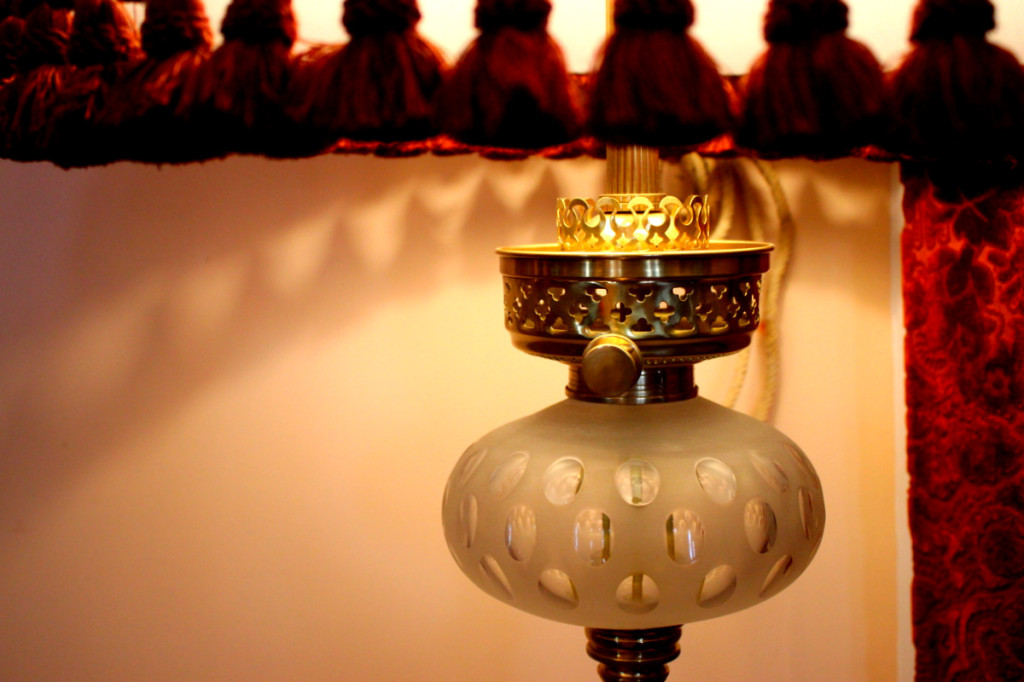
Down below the ‘Palace in the Sky’, lay the old city of Hyderabad. It is believed that the city of “Hyderabad” was named after the people as their residence as “City of the Brave” from the Persian words “Hyder/Haider” (Persian and Urdu meaning ‘lion’ or ‘brave’ and “Abad/Abaad” (Persian and Urdu meaning abode or populated) after surviving the plaque epidemic that ravaged Golconda. The Old City , three square miles of original Hyderabad around the majestic Charminar, from which the city grew outwards, is a treasure trove of sights, smells, traditions and tastes.
This area constitutes the heart of the historic city of Hyderabad. This part of the city encompasses reminiscences of the past reflected in popular Hyderabadi eateries, ornaments and attar.
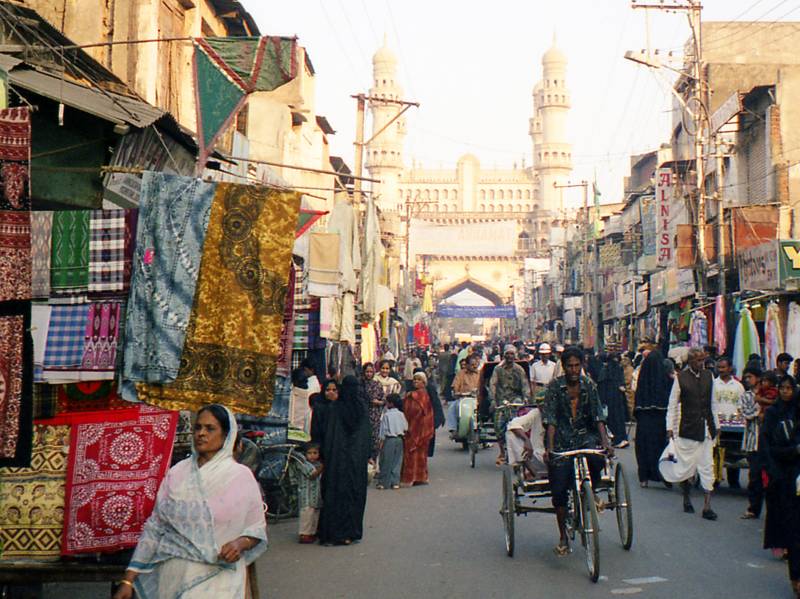
Despite its long and chequered history, the Old City is unpretentious. Known and absorbed, it remains in the mind not as a memory of monuments and ancient sites, but of utterly simple things: the bustle of Mir Jafar’s mandi, where fresh vegetables have been sold for years and years; the surma man standing ajar the door of Gulzar Hauz, who will apply various kinds of kohl to your eyes depending on the ailment and discomfort for which you have come to see him; the hazy innards of the little shop, with gauzy glass shelves,and dim twittering lights- where you can buy milk and curds and malai, the likes of which is probably not available elsewhere; labor-aged hands of busy men in tiny shops on the road to Falaknuma, flattening small pieces of sheermal for the neighborhood; the bread shops next door selling naans and kulchas straight out of tandoors ; and great flights of pigeons, fluttering and twisting over the ash domes and minarets of the vintage buildings.
Today, the old city is bursting at its seams with people and traffic. The main thoroughfare is Patthargatti – a street, a locality, or sometimes a raunchy mix of both. Hard to say, but named after the stone-lined buildings on either side of the road,pearls shops line this famed avenue.
But it is not only pearls that the Old City has to offer. It is a fantastic bazaar, with numerous wares. Generations of Hyderabadis, visitors and tourists have come here to look for silks and saris, brocades, itars and perfumes, silver ware, jewelry, velvet, tobacco, caps and handmade slippers. And they have been served by the descendants of families that have carried on the business generation after generation. Ancient links have been established that bind shops and customers even today.
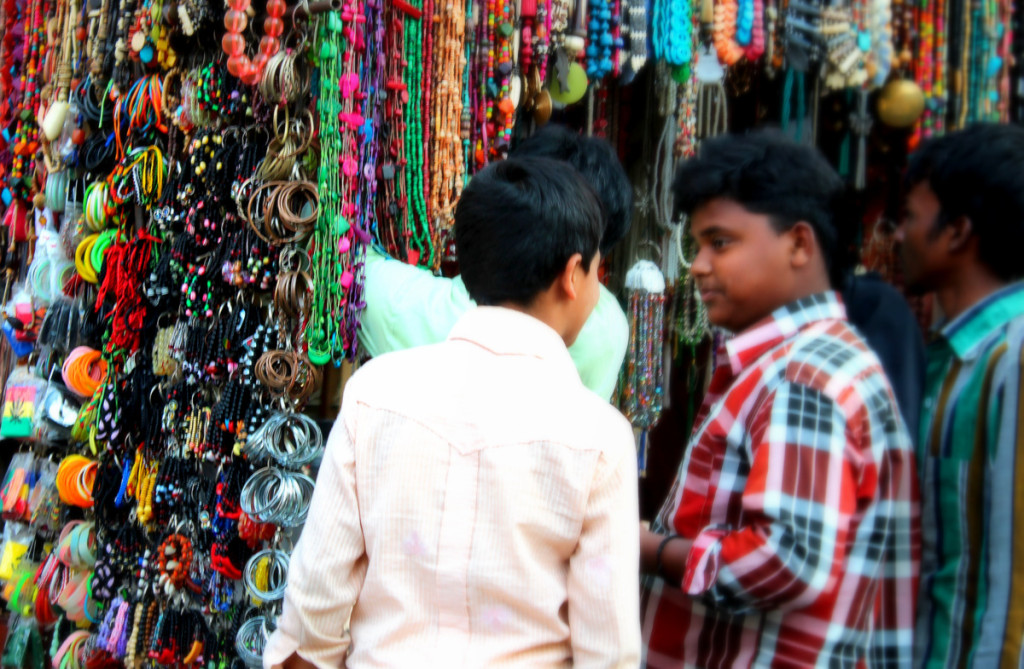
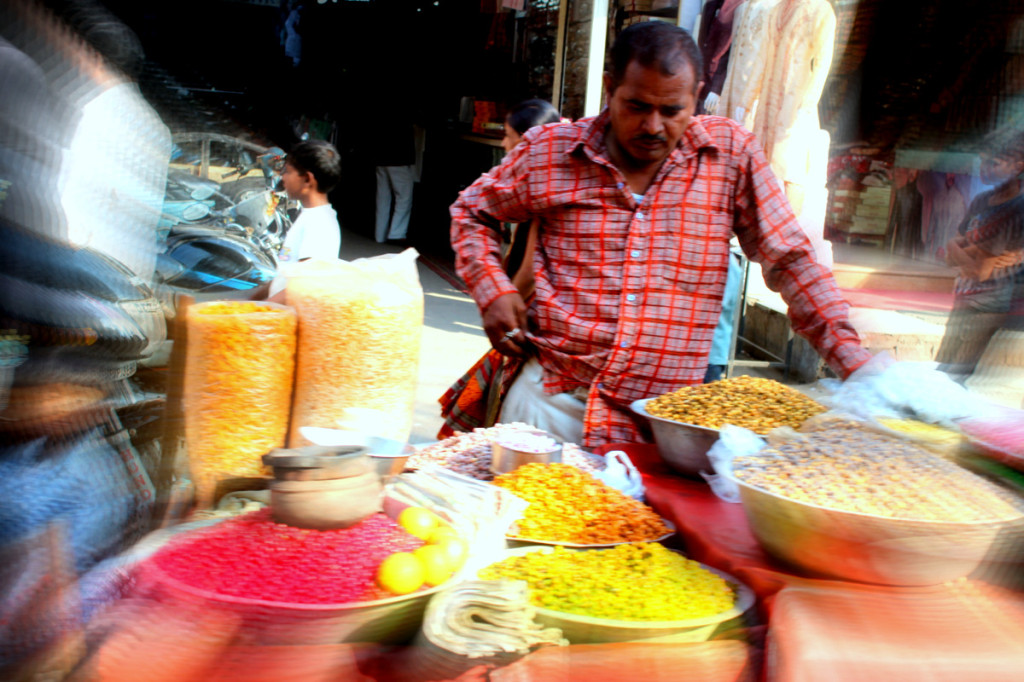
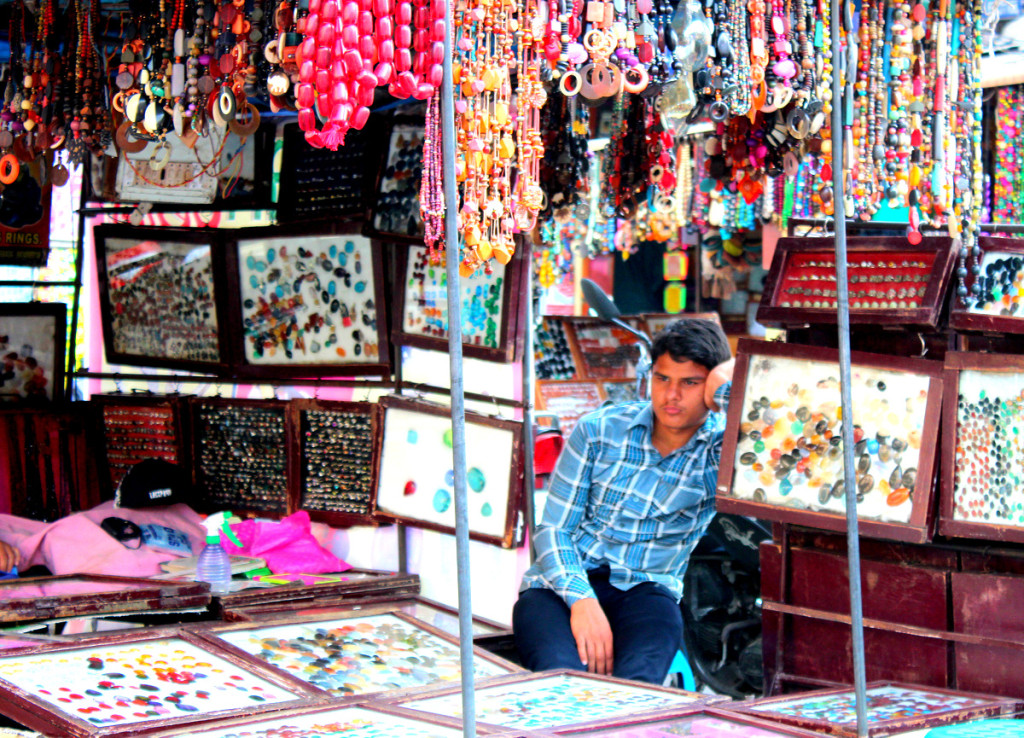
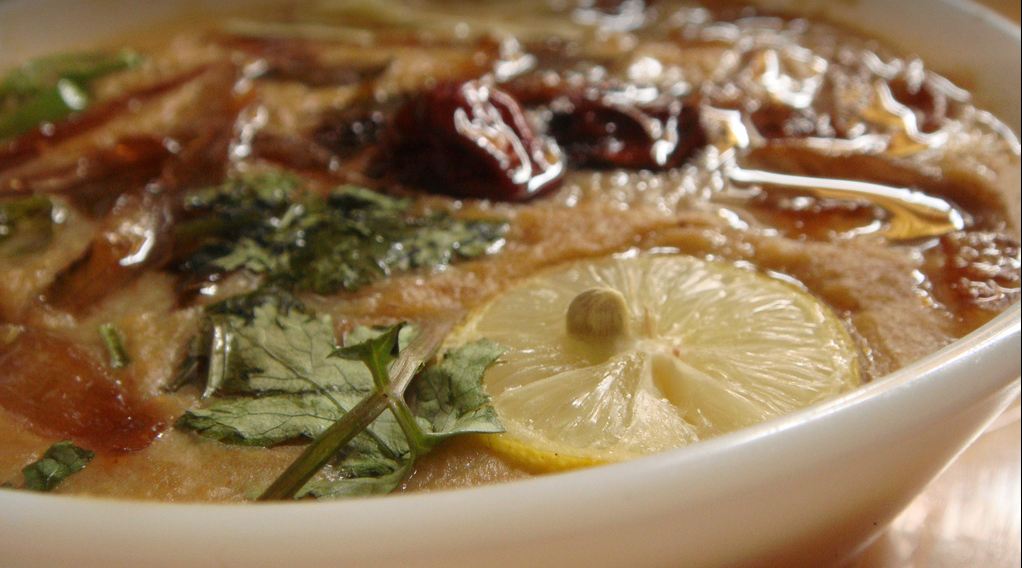
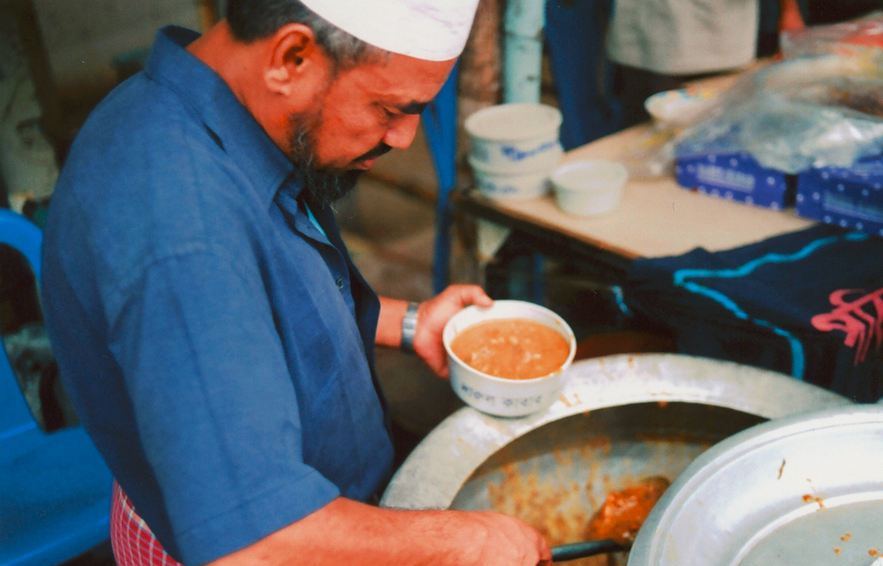
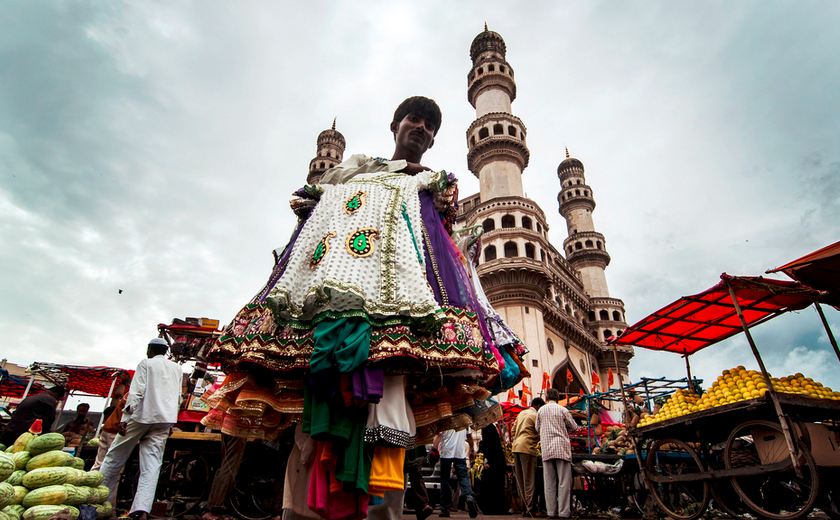
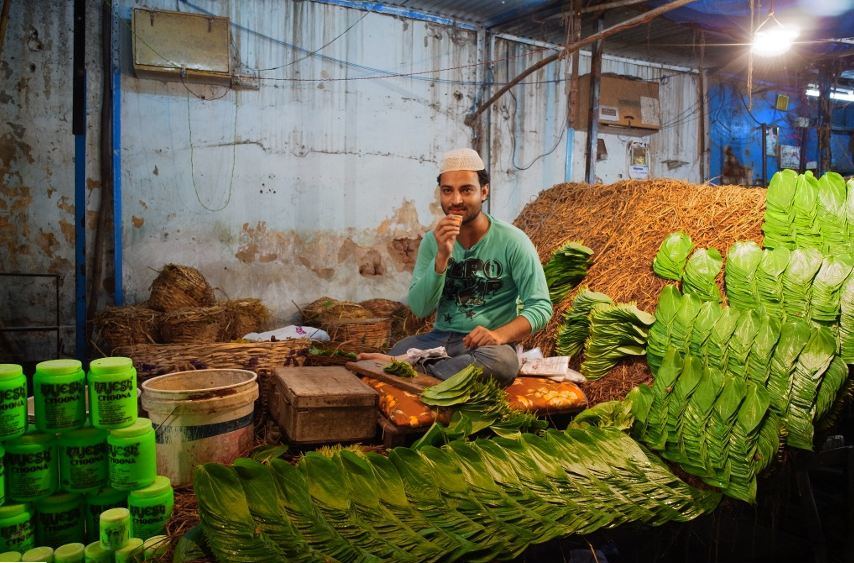
Some of the eateries here are landmarks by themselves. Shaadab, past Madina Building and on the road to Bangalore, serves excellent Nahari (tongue and trotter curry) throughout the year. Shah Ghouse Cafe pots up a fantastic Haleem (broken wheat and lamb/mutton porridge) during Ramzan, the Muslim month of fasting. Try the Biriyani at Nayaab, again past the Madina and on the Bangalore road. Madina Hotel will brew up you a good cup of tea. So will Asif Miyan, standing proudly outside the Machli Kaman. The second cafe is also known for its malai lassi and falooda. Apart from these main road establishments, the narrow lanes and gallis of the city are dotted with little specialty places where the locals buy particular snacks and sweetmeats.
Hyderabad wasn’t a stranger to me. My last visit was 17 years back! Yet, this time it made an impression. An impression that will probably dilute my notions about the city, formed in juvenile years of my life. I have always associated Hyderabad with two distinctive characteristics – the leisurely Nizami lifestyle, very similar to a historic ‘Babu Culture’, belonging to my very own Calcutta, and the quintessential Dakkhani or Hyderabadi language. Those dialects used to be a source of entertainment and intrigue for a very long time, and I was equally amused and happy that even today, the sound of those words don’t surprise me..
I know now, however, that there is much more than what the ear hears. But like they would tell me in the Dakkhani/ Hyderabadi accent.. “Baataan bahut ho gaye, ab thoda kaam karo miyaan!”

Sambrita Basu is a food-fascinated travel writer and photographer based out of Bangalore India. A background and a degree in hospitality and restaurant management paved her interest in food. As the secretary of the institution’s editorial club, she contributed regularly and wrote about food in their annual magazine, A la Carte.
Sambrita has published interviews of celebrity authors and business veterans in international publications like Infineon. Her contributions also include photographs on foods and restaurants of Bangalore for DNA—a leading newspaper publication in Bangalore. Sambrita’s creative expressions transport readers to alleys, hotels, hide-outs, restaurants, attics, and spice markets in several cities across the world.
Sam (as she is popularly known by her friends and family) doesn’t write for a living, but she lives to write.








